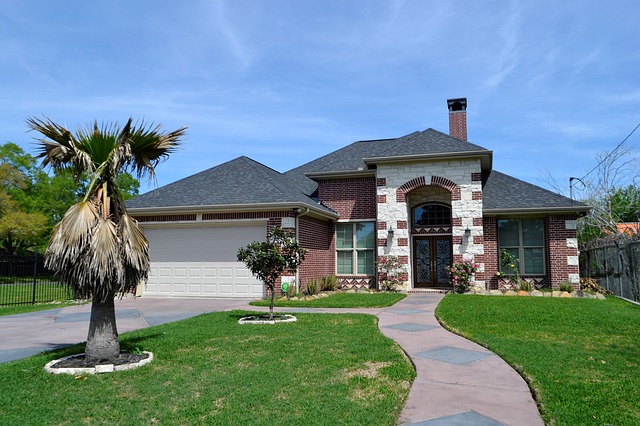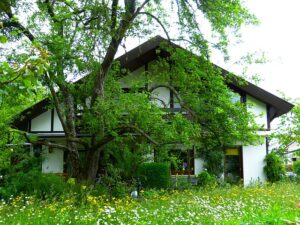Introduction
Starting a fire in a fire pit is a skill that can enhance your outdoor experience, whether you’re camping, hosting a backyard gathering, or simply enjoying a cozy evening by the fire. While it may seem straightforward, there are a few key steps and considerations to keep in mind to ensure a successful fire. In this article, we will explore the materials needed, different fire-starting methods, and important safety precautions to follow when starting a fire in a fire pit.
Materials Needed
Firewood: The primary material needed to start a fire in a fire pit is firewood. Choose dry, seasoned firewood that has been properly stored to ensure it burns efficiently and produces less smoke. Hardwoods such as oak, maple, or birch are ideal choices as they burn longer and provide a steady heat.
Kindling: Kindling is essential for igniting the firewood. It consists of small, dry sticks or twigs that catch fire easily and help establish a flame. Collect a handful of kindling before starting the fire.
Newspaper or Fire Starters: To ignite the kindling, you can use newspaper or commercial fire starters. Crumple a few sheets of newspaper into balls or use fire starters made from sawdust and wax. These help create a small, controlled flame that can ignite the kindling.
Fire-Starting Methods
The Teepee Method: The teepee method is a popular and effective way to start a fire in a fire pit. Begin by placing a small pile of crumpled newspaper or fire starters in the center of the fire pit. Arrange the kindling in a teepee shape around the newspaper, leaving an opening on one side for lighting. Light the newspaper or fire starters, and as the kindling catches fire, gradually add larger pieces of firewood to the teepee structure.
The Log Cabin Method: The log cabin method involves stacking the firewood and kindling in a square or rectangular shape, resembling a log cabin. Start by placing two larger pieces of firewood parallel to each other, leaving a small gap between them. On top of these base logs, stack two smaller pieces of firewood perpendicular to the base logs. Continue alternating between larger and smaller pieces of firewood until you have built a square or rectangular structure. Place the kindling inside the structure and light it. As the fire starts, it will burn through the gaps, igniting the larger firewood pieces.
Safety Precautions
Clear the Area: Before starting a fire in a fire pit, ensure the surrounding area is clear of any flammable materials such as dry leaves, grass, or overhanging branches. Maintain a safe distance from any structures or combustible materials.
Keep a Fire Extinguisher or Water Source Handy: It’s essential to have a fire extinguisher or a water source nearby in case the fire gets out of control. A bucket of water or a garden hose can be useful for extinguishing the fire or controlling any sparks.
Never Leave the Fire Unattended: It’s crucial to never leave a fire unattended, especially when there are children or pets around. Always supervise the fire until it is completely extinguished.
Conclusion
Starting a fire in a fire pit can be a rewarding and enjoyable experience. By following the steps outlined in this article, you can safely and effectively start a fire in your fire pit, creating a warm and inviting atmosphere for outdoor gatherings or relaxation. Remember to always prioritize safety and be mindful of your surroundings when enjoying a fire in a fire pit.
References
– www.campingworld.com
– www.rei.com
– www.thespruce.com













